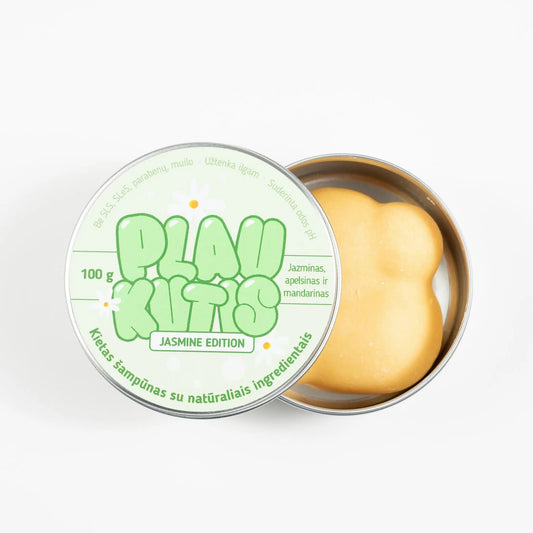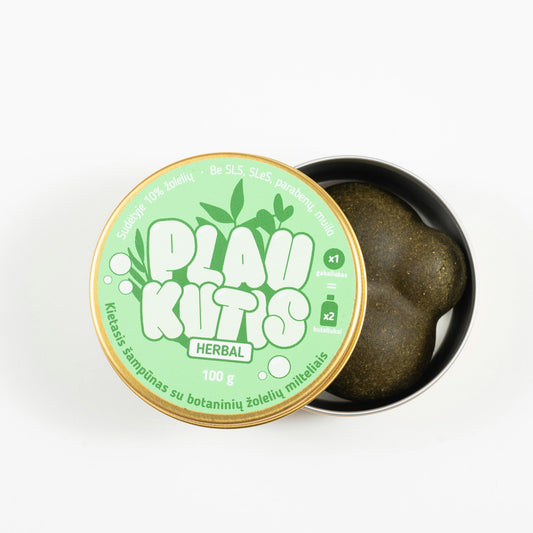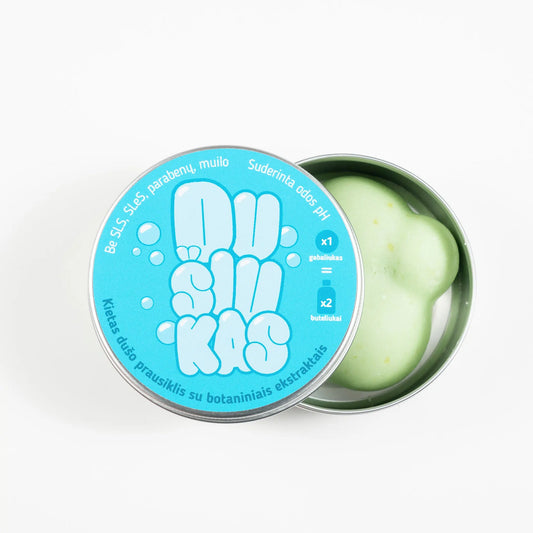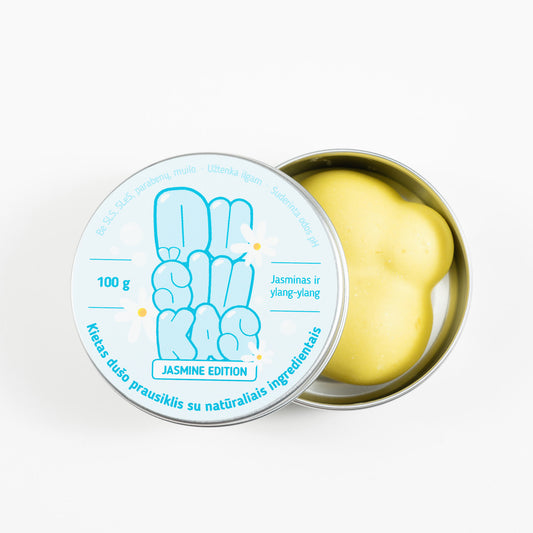Why is your hair the color it is? The answer lies in melanin, a natural pigment that is responsible for not only the color of your hair, but also your skin and eyes. Although this pigment is often overlooked, it has a significant impact on our appearance. In this article, we’ll break down how melanin works, discuss its different types, and look at how this pigment affects hair colors around the world. We’ll also explore interesting facts, little-known research, and cultural examples that will help you better understand hair color. If you’ve ever wondered what makes your hair unique, this article will answer your questions!
What is melanin in hair?
Melanin is the pigment that gives your hair, skin, and eyes their color. It is produced by specialized cells called melanocytes, which are found in hair follicles. These cells produce melanin, which determines the color of each hair strand - the more melanin, the darker the hair, and the less melanin, the lighter the shade.
- Fun fact : Melanin has an ancient history. It has been found in 99 million-year-old fossilized dinosaur feathers, proving that melanin's role in pigmentation predates humans!
The amount of melanin in your hair is largely determined by your genes, but it can change over time. For example, melanin production decreases with age, which leads to graying. Other factors, such as sun exposure, illness, or stress, can also affect how much melanin your hair produces.
The broader role of melanin
Melanin not only gives your hair its color, but it also naturally protects you from UV radiation. The more melanin you have, the better your body absorbs and scatters harmful UV rays. This is why people with darker hair and skin are less prone to sun damage. Melanin is not just for beauty, it’s also an important protective factor!
- Interesting fact : Studies show that melanin can absorb 99.9% of UV radiation, significantly reducing the risk of sunburn and skin cancer in people with darker hair and skin.
Types of melanin in hair
There are two main types of melanin that affect hair color: eumelanin and pheomelanin. The balance between them determines your unique hair color.

Eumelanin and dark hair
Eumelanin is responsible for black and brown hair. There are two variations of eumelanin: black eumelanin and brown eumelanin. The more black eumelanin you have, the darker your hair will be. Those with high levels of eumelanin tend to have black or dark brown hair. If your eumelanin levels are lower, your hair will likely be lighter, such as light brown or dark blonde.
- Interesting fact : A study conducted by the University of Edinburgh showed that eumelanin levels are affected by as many as 124 genetic variations , so hair color can vary even among family members.
Eumelanin also affects hair structure. People with high eumelanin levels tend to have thicker, coarser hair that is more resistant to environmental factors like sun and wind.

Pheomelanin and blond/red hair
Pheomelanin is the pigment responsible for red, yellow, and golden hair shades. While eumelanin dominates darker shades, pheomelanin stands out in lighter and redder hair colors. If you have strawberry blonde or bright red hair, it's pheomelanin that gives your hair that distinctive hue.
- Unexpected fact : People with high levels of pheomelanin (natural redheads) can produce twice as much vitamin D from sunlight as people with darker hair. This is because lighter hair and skin allow more UV rays to penetrate, stimulating vitamin D production.
Interestingly, red hair is the rarest hair color in the world, with less than 2% of the world's population having natural red hair. The highest concentration of natural redheads is in Scotland and Ireland, where about 13% of the population has red hair. However, pheomelanin does not protect against UV rays as effectively as eumelanin, making redheads more prone to sunburn.

Eumelanin and pheomelanin balance
The most interesting aspect of hair color is how the balance of eumelanin and pheomelanin creates the wide range of natural hair colors, from deep black to platinum blonde. The ratio of these two pigments determines not only the color, but also the undertones that make your color unique.
Genetic influence on melanin balance
Your genetic makeup is a major factor in determining melanin balance. The MC1R gene, for example, plays a major role in regulating melanin production. Variations in this gene can lead to higher levels of pheomelanin, which is why people with MC1R mutations are more likely to have red hair. On the other hand, people with dominant eumelanin genes have darker hair.

- Fun fact : A study conducted by Stanford University School of Medicine found that people of European descent have the widest range of hair colors due to greater differences in melanin balance. Approximately 40% of Europeans have genetic mutations that affect melanin distribution, which is why they have blonde, brown, red, and even gray hair colors at different stages of life.
Evolutionary approach
The distribution of hair color is not random—it has evolved to match environmental conditions. For example, people who live in sunny areas often have higher levels of eumelanin, which makes their hair darker and protects against UV rays. Meanwhile, people from regions with less sun, such as Northern Europe, often have lighter hair with lower levels of eumelanin so that their bodies can better absorb sunlight to produce vitamin D.
- Cultural example : The Australian Aborigines are a prime example of this adaptation. Despite their dark skin, which provides protection from the sun, some Aboriginal groups have naturally blond hair. This is thought to be an evolutionary adaptation due to high UV radiation combined with genetic variation in melanin production.

Hair colors and cultural diversity
Melanin not only determines color, but also causes subtle differences, such as natural shades or lighter strands. This explains why some people have darker roots and lighter ends, or naturally lighter strands without coloring. Variations in the distribution of melanin can create unique hair patterns.
Fun facts and myths about hair color
There are many misconceptions and interesting truths about hair color. Here are a few that will surprise you!
- Myth 1 : Gray hair no longer produces melanin.
- Truth : Although gray hair has less melanin, a small amount of it is still produced even when the hair turns gray or white. However, the reduced melanin content causes the hair to appear silver or white.
- Myth 2 : Blonde hair is always rare.
- Truth : While natural blonde hair is quite rare in the world (about 2-3% of the population), it is much more common in Northern European countries such as Sweden, Finland and Norway, where up to 80% of the population can be blonde.
- Fun Fact 1 : Melanin affects how hair reacts to different chemicals. A 2007 study found that people with high levels of eumelanin need stronger bleaches to lighten their hair, while people with lower levels of eumelanin (like blondes) need gentler treatments.
- Fun Fact 2 : Some African tribes, such as the San people, have a genetic mutation that causes them to have sandy or blond hair despite their dark skin. This genetic variation is unique and is believed to have arisen independently of European genes.
- Fun fact : The average redhead has about 90,000 hair follicles , while brunettes have about 120,000 . It's thought that this difference in hair density compensates for the fact that red hair is generally thicker and more resilient than other hair shades.

Practical tips for maintaining hair color
If you want to maintain your natural or dyed hair color, there are some simple ways to protect and maintain your shade.
- Limit heat styling : Heat can damage the melanin in your hair, causing your color to fade faster. If you use heat tools like straighteners or curling irons, be sure to use a heat protectant to minimize damage.
- Protect your hair from the sun : UV rays can break down melanin, especially in lighter hair. Wear a hat or use hair products with UV protection to prevent fading.
- Use gentle, sulfate-free shampoos : Harsh shampoos can strip your hair of its natural oils and fade both your natural and dyed hair color. Choose sulfate-free shampoos that gently cleanse and won't damage your color.
- Drink plenty of water : Drinking plenty of water helps keep your hair hydrated, making it look healthier and shinier. Hydrated hair reflects light better, enhancing the brightness of your natural color.
- Eat nutritious foods : Nutrients like vitamin D, biotin, and antioxidants support healthy melanin production. Foods rich in vitamins like eggs, spinach, and almonds can help maintain vibrant hair color.
FAQ about melanin and hair color
Q: Can melanin levels change with age?
- A: Yes! Melanin production tends to decrease with age, causing hair to turn gray or white. When this happens is largely determined by genetics.
Q: Why do some people have white hair instead of gray?
- A: When melanocytes completely stop producing melanin, hair appears white, not gray. Gray hair is usually a mixed color of pigmented and unpigmented strands, while white hair has no melanin at all.
Q: Can I increase melanin production naturally?
- A: While there is no proven way to significantly increase melanin production, a healthy diet rich in antioxidants can help maintain healthy hair. Protecting your hair from damage and sun exposure also helps maintain melanin.
Q: Does melanin affect how fast my hair grows?
- A: Melanin itself does not affect the rate of hair growth, but healthy hair follicle cells can influence growth. Healthy melanin production usually means strong hair follicles that can support healthy growth.
Q: Are redheads more sensitive to anesthesia?
- A: Yes, studies have shown that redheads, due to mutations in the MC1R gene, may require up to 20% more anesthesia during medical procedures. This is one of the unique ways that melanin genes can affect health, not just appearance.

Conclusion: The main role of melanin in hair color
Melanin is the main factor behind the wide range of natural hair colors. From deep black to bright reds and golden blondes, melanin gives our hair its uniqueness and vibrancy. By understanding how eumelanin and pheomelanin interact, we can better appreciate the genetic, cultural, and evolutionary factors that make hair color so diverse. Whether you want to maintain your natural shade or simply want to learn more about your hair, melanin is at the heart of it all!













